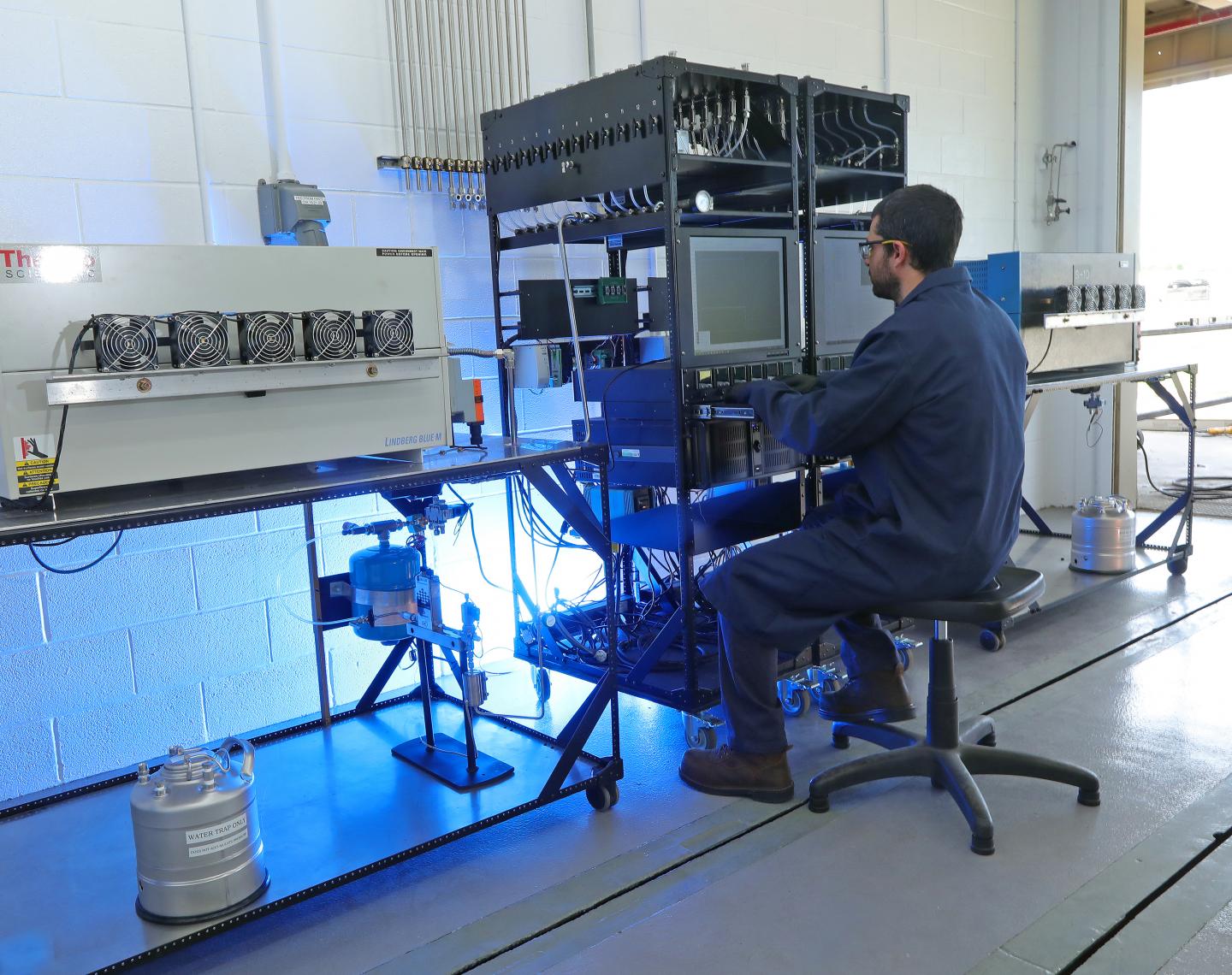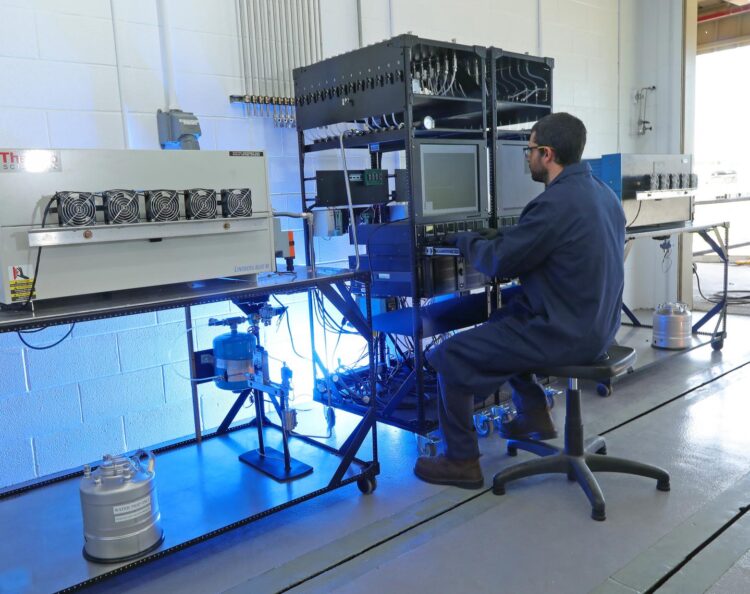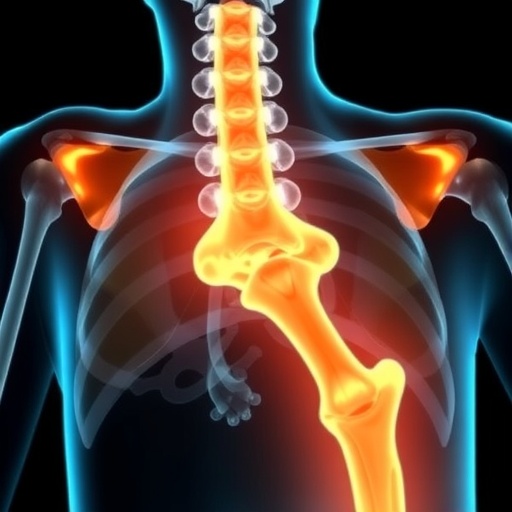Facility expands catalyst testing capacity, reducing costs and turnaround time

Credit: Southwest Research Institute
SAN ANTONIO — May 18, 2020 — Southwest Research Institute has launched a new automotive emissions aftertreatment catalyst testing facility, expanding the capacity and capabilities of its state-of-the-art Universal Synthetic Gas Reactor (USGR®) technology. These systems simulate real-world exhaust gas conditions to quickly and accurately characterize catalyst performance.
The Catalyst Technology Center includes two new USGR systems, bringing SwRI’s testing capacity to six systems. The facility allows SwRI engineers to conduct several tests in parallel, improving turnaround time and lowering testing costs.
“SwRI’s USGR system allows our clients to quickly determine catalyst performance under a variety of conditions and at a lower cost than with traditional engines or burner systems,” said Dr. Cary Henry, an assistant director in SwRI’s Powertrain Engineering Division. “Accurate control of gas composition and advanced measurement techniques like SPACI-IR (spatially resolved capillary inlet infrared spectroscopy) enable us to develop kinetic models for reactions and understand how aging and chemical contamination affect catalyst materials.”
Catalytic aftertreatment equipment use a porous ceramic core treated with reactive chemicals that process exhaust emissions and remove potentially harmful gases and particulates to help engines meet increasingly strict federal regulations. Testing core samples of material used in three-way catalysts, diesel oxidation catalysts, diesel particulate filters, selective catalytic reduction (SCR) compounds and ammonia slip components shows how products perform under different operating conditions. Clients receive the technical information needed to help them develop new catalyst technology and materials.
SwRI’s USGR systems can operate under a wide range of flowrates (7.5 to 65 L/min) and temperatures (100? to 1,200? C) and are capable of continuous automated testing for up to 60 hours. The system supports as many as 13 metered gasses, which can be introduced simultaneously, as well as water or hydrocarbon injection. Testing can be tailored to clients’ needs, but standard tests include reverse and forward light-off tests, four-step protocol for SCR and V-volatility testing approved by the Environmental Protection Agency.
The facility also conducts thermal and chemical aging experiments; the aged catalyst core samples undergo post-test analyses to better understand the effects of different processes on a catalyst’s physical properties. The USGR quantifies how aging changes catalyst materials using a variety of standard test methods, including XRD crystalline compound analysis, PGM particle size characterization, BET to quantify changes in catalyst surface area, and SEM-EDS, PIXE and IGA elemental analyses.
For more information, visit https:/
###
Media Contact
Rob Leibold
[email protected]
Original Source
https:/





